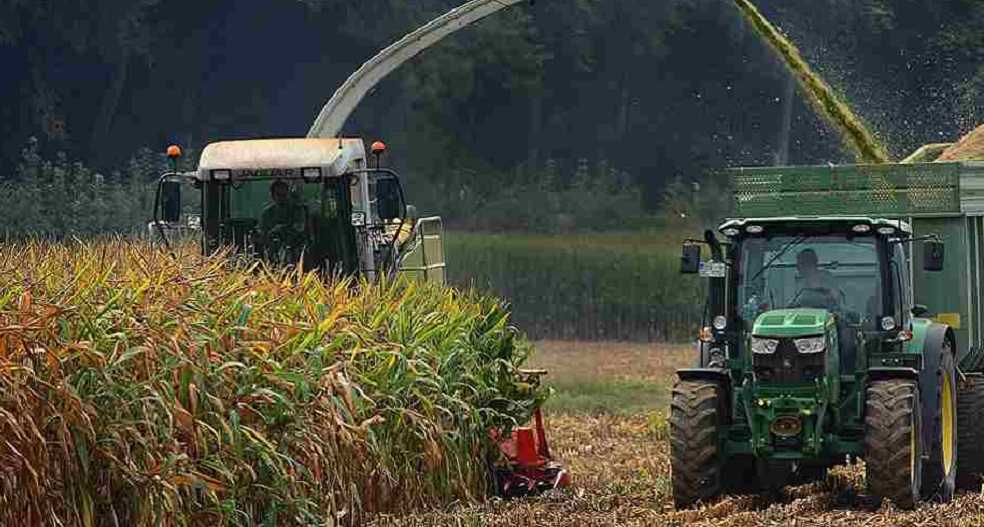The Food and Agriculture Organization of the United Nations (FAO) recently enhanced its forecast for 2023’s global cereal production. New figures reveal an impressive output of 2,819 million tonnes, representing a 0.9 percent surge from the previous year’s numbers.
This promising revision stems predominantly from uplifting yield predictions for the Russian Federation and Ukraine. Both territories have experienced a sequence of favorable weather conditions, leading to encouraging outputs. On the opposite spectrum, Canada faces challenges with unrelenting dry spells curtailing production in crucial cultivation zones.

Delving into FAO’s Cereal Supply and Demand Brief, the anticipated wheat yield globally stands at 785 million tonnes. Meanwhile, coarse grain production should reach 1,511 million tonnes, reflecting a 2.7 percent growth from 2022 figures. The data for rice production places the output near 523.1 million tonnes.
Even with a marginal downward adjustment this month, global cereal utilization for the 2023/24 timeframe, marked at 2,804 million tonnes, seems set to surpass last year’s data by 0.8 percent. This suggests a surge in wheat consumption. Contrastingly, rice utilization worldwide should stabilize at around 520.5 million tonnes, hinting at a potential plateau or slight drop in rice consumption for a second consecutive period. Diminished non-food applications are likely offsetting the demand spurred by global population growth.

Peering into forecasts for the 2024 seasons, it appears that global cereal reserves could reach an impressive 884 million tonnes. This projection, a notable 3.0 percent rise from initial estimates, sets a new benchmark. With the merger of this increased stock estimate with this month’s tempered utilization forecast, the anticipated cereal stocks-to-use ratio ascends to 30.8 percent.
On the trade front, FAO’s outlook for the 2023/24 global cereal trade holds steady at approximately 466 million tonnes. While consistent with prior estimates, it suggests a 1.7 percent annual decrement when compared to 2022/23 statistics.
DON’T MISS IT | Tri-Nation Pact Bolsters Ukraine’s Grain Exports in Diplomatic Strains



